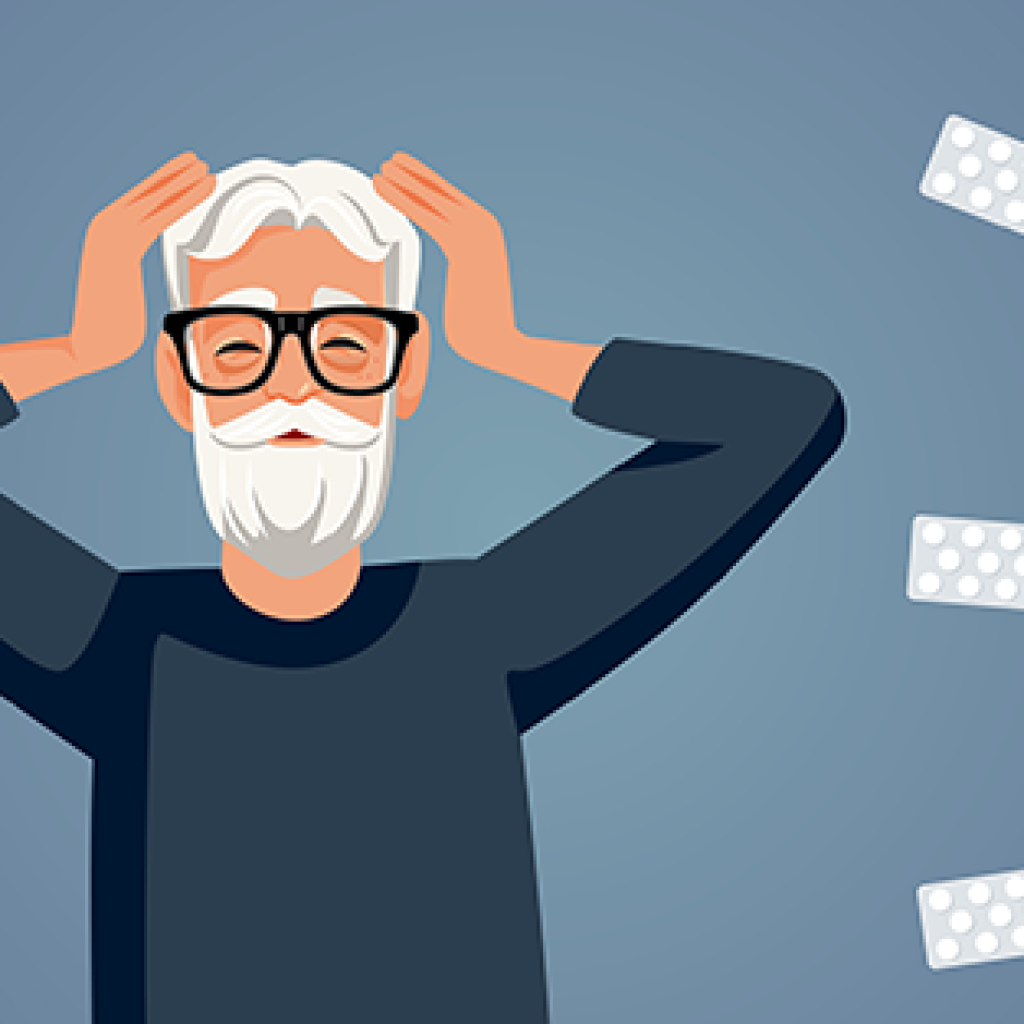Purpose and Recovery: How Meaning in Life Fuels Resilience and Supports Well-being
A sense of purpose can serve as a guiding light for someone navigating the recovery journey. This week, SAMHSA emphasizes the importance of purpose as a powerful motivator for positive change. The Cambridge Dictionary defines purpose as the determination or the feeling of having a reason behind what you do. Purpose is about living with intention and actively working toward realizing one’s life vision.
A person’s sense of purpose evolves throughout their life. Psychologists view purpose as an ongoing journey rather than a fixed destination and emphasize the importance of regularly reviewing or renewing it. Purpose provides an opportunity to reflect on what truly matters and how one wants to spend their time. For youth, having a sense of purpose leads to greater life satisfaction and better educational outcomes. Simply having a goal to work toward is crucial. For older adults, purpose offers a reason to get up each day and find meaning in the time they have, which in turn motivates them to take better care of themselves. Without this, self-care often declines.
A sense of purpose is a powerful driver of both physical and mental well-being. Research consistently shows that having a clear purpose in life enhances emotional resilience and promotes better health outcomes across the lifespan. From helping individuals recover from stress and trauma to encouraging healthier lifestyle choices, purpose plays a key role in fostering both mental clarity and physical vitality. Whether it’s reducing stress, improving emotional regulation, or contributing to longevity and cognitive function, the benefits of purpose extend far beyond mere motivation—it’s a foundation for a healthier, more fulfilling life.
Benefits of a Sense of Purpose for Physical and Mental Health:

Enhanced Coping of Stressful Life Experiences: Research shows that purpose is linked to lower perceived stress and reduced physiological stress response, promoting better-coping strategies and healthier lifestyle choices. A sense of purpose helps individuals manage and reduce stress by providing a meaningful framework that allows them to reframe challenges more constructively. Additionally, purpose-driven individuals are more likely to engage in stress-relieving activities, enhancing their overall ability to handle stress effectively.

Skillful Navigation of Emotions: Understanding and managing emotions effectively helps a person embrace the human experience, which is essential for finding and pursuing a sense of purpose. When people can recognize their own feelings and needs, they are more likely to align with meaningful goals and recover from setbacks more effectively.

Emotional Resilience and Recovery: Purposeful individuals show healthier emotional responses to negative stimuli, including a reduced startle reflex and better recovery from negative emotional states, which supports overall mental health. A sense of purpose aids in recovering from stressful or traumatic events by enhancing emotional regulation and the ability of individuals to reframe negative experiences. It also offers a meaningful goal to focus on after difficulties, boosting resilience and providing protection against depression and PTSD.

Decreased Depression and Anxiety: Studies have shown that having a sense of purpose is linked to lower levels of depression and anxiety, as it offers a meaningful framework for navigating life’s challenges. A clear sense of purpose helps individuals cope with stress and emotional difficulties more effectively. This sense of direction provides motivation and resilience, leading to improved mental well-being.

Motivation for Self-Care: People with a sense of purpose are more likely to engage in self-care activities because they feel they have something meaningful to live for. This sense of purpose is associated with healthier behaviors, such as increased physical activity, better sleep, and reduced use of substances like alcohol and tobacco. Over time, having a purpose leads to improved physical and mental well-being, including proactive measures like regular doctor visits and preventative care.

Extended Lifespan and Cognitive Functioning: A sense of purpose contributes to longer life expectancy and better cognitive functioning in adulthood, including a lower risk of dementia.

Better Physical Health: A sense of purpose is linked to a lower risk of chronic disease, a stronger immune system, and a longer health span. Research also shows that individuals with a strong sense of purpose have better mobility and greater agility compared to those without such a sense of purpose.

Increased Sense of Belonging: Purpose provides a sense of belonging and significance, which can diminish the negative effects of social isolation by fostering a connection to something larger than oneself. A strong sense of purpose can enhance social well-being and alleviate the emotional challenges associated with loneliness and isolation.

Reduced Feelings of Loneliness and Isolation: Research indicates that having a clear sense of purpose helps individuals build and maintain meaningful social connections, reducing feelings of loneliness. It often motivates people to engage in social and community activities, which can counteract isolation.
Finding a sense of purpose is crucial for recovery. Research by Kendall Cotton Bronk identifies four key elements in discovering one’s purpose: dedicated commitment, personal meaningfulness, goal-directedness, and a vision larger than oneself. This process often involves reflecting on past experiences, evaluating personal values and skills, and envisioning a meaningful life that uses one’s unique talents for the benefit of others. For those working in recovery or supporting others in recovery, taking time for self-reflection and imagining an ideal future can help guide individuals toward a meaningful purpose.

Here are five common and effective exercises to help you support others or self-reflect in discovering a sense of purpose:

The Magic Wand Exercise: Imagine you could change anything in your world with a magic wand. Reflect on what changes you would make and why, and consider practical steps to move your vision closer to reality. This exercise is particularly effective for inspiring both individuals and groups, including youth and young adults.

Future Self Visualization: Visualize yourself 3-5 years into the future, living a meaningful life. Reflect on what you are doing, what matters most to you, and what you truly care about. This exercise can enhance optimism and help align with a deeper sense of purpose.

Clarify Your Values: If you’re having trouble identifying what matters most to you, use values surveys such as the Valued Living Questionnaire, the Portrait Values Questionnaire, or the Personal Values Questionnaire. Ranking these values can provide clarity and help define your sense of purpose.

Recognize Your Strengths: Discover your strengths by taking the VIA Character Strengths Survey or seeking feedback from those who know you well. Understanding your skills and how to apply them can guide you toward meaningful contributions and reinforce your sense of purpose.

Volunteer: Engage in volunteer work to gain valuable experiences and connect with others who share similar values. This can reveal new ways to make a difference and strengthen your sense of purpose.
Ultimately, purpose is centered around taking part in actions that hold meaning and value for an individual. Within the field of recovery, it’s important to support individuals in building meaningful lives that enhance resilience and connection with others. By helping individuals find their own path and connect with like-minded individuals, we can build supportive communities that foster both personal and collective well-being.
References
Damsgaard, J. B., & Angel, S. (2021). Living a Meaningful Life While Struggling with Mental Health: Challenging Aspects Regarding Personal Recovery Encountered in the Mental Health System. International journal of environmental research and public health, 18(5), 2708. https://doi.org/10.3390/ijerph18052708
Greater Good Science Center. (n.d.). Purpose. Greater Good Science Center, University of California, Berkeley. https://greatergood.berkeley.edu/topic/purpose/definition#what-is-purpose
Kim, E. S., Chen, Y., Nakamura, J. S., Ryff, C. D., & VanderWeele, T. J. (2022). Sense of Purpose in Life and Subsequent Physical, Behavioral, and Psychosocial Health: An Outcome-Wide Approach. American journal of health promotion : AJHP, 36(1), 137–147. https://doi.org/10.1177/08901171211038545
Schaefer, S. M., Morozink Boylan, J., van Reekum, C. M., Lapate, R. C., Norris, C. J., Ryff, C. D., & Davidson, R. J. (2013). Purpose in life predicts better emotional recovery from negative stimuli. PloS one, 8(11), e80329. https://doi.org/10.1371/journal.pone.0080329
Substance Abuse and Mental Health Services Administration. (2012). SAMHSA’s Working Definition of Recovery. https://store.samhsa.gov/sites/default/files/pep12-recdef.pdf
Blog Post Tags:
Related Blog Posts
Related Learning Labs
Related Resources
.
- Buscar Tratamiento de Calidad para Trastornos de uso de Sustancia (Finding Quality Treatment for Substance Use Disorders Spanish Version)
- Finding Quality Treatment for Substance Use Disorders
- Focus On Prevention: Strategies and Programs to Prevent Substance Use
- Monthly Variation in Substance Use Initiation Among Full-Time College Students
- The National Survey on Drug Use and Health (NSDUH) Report: Monthly Variation in Substance Use Initiation Among Adolescents








